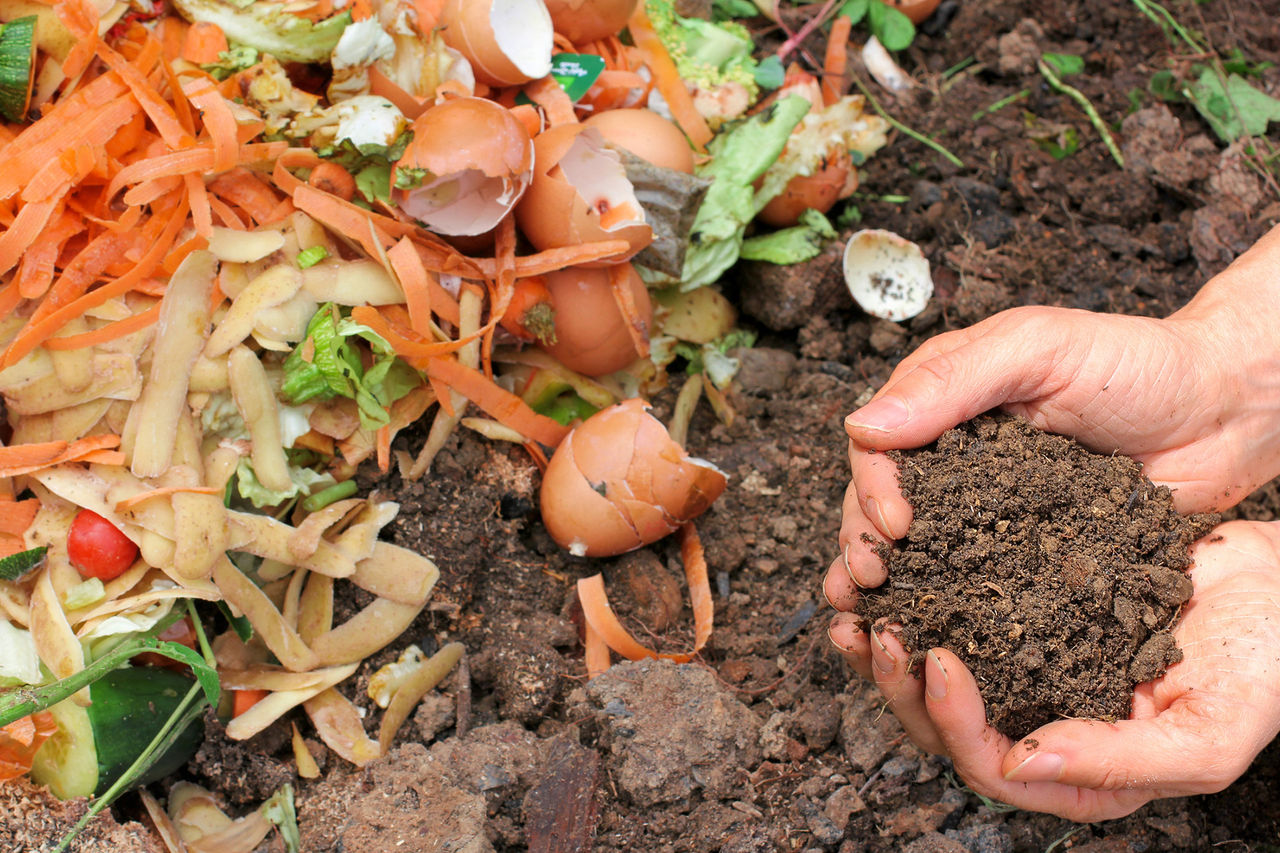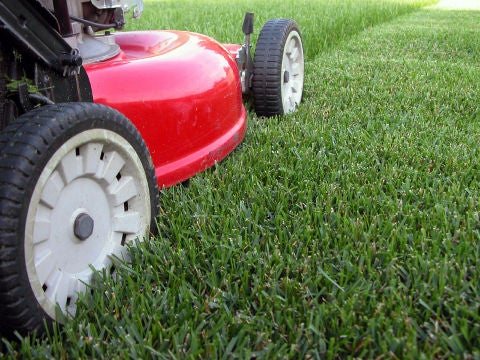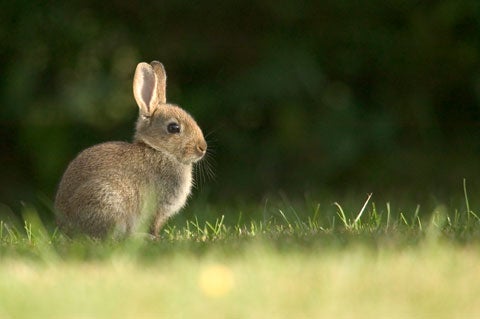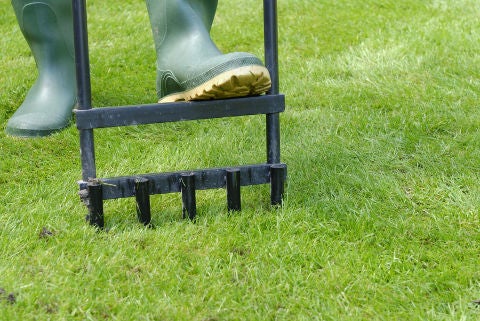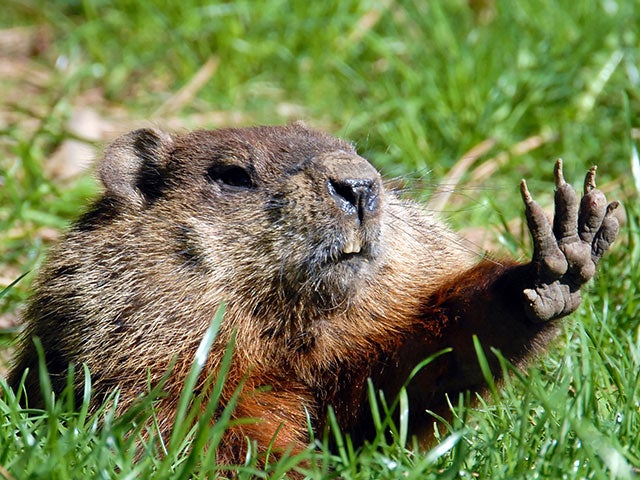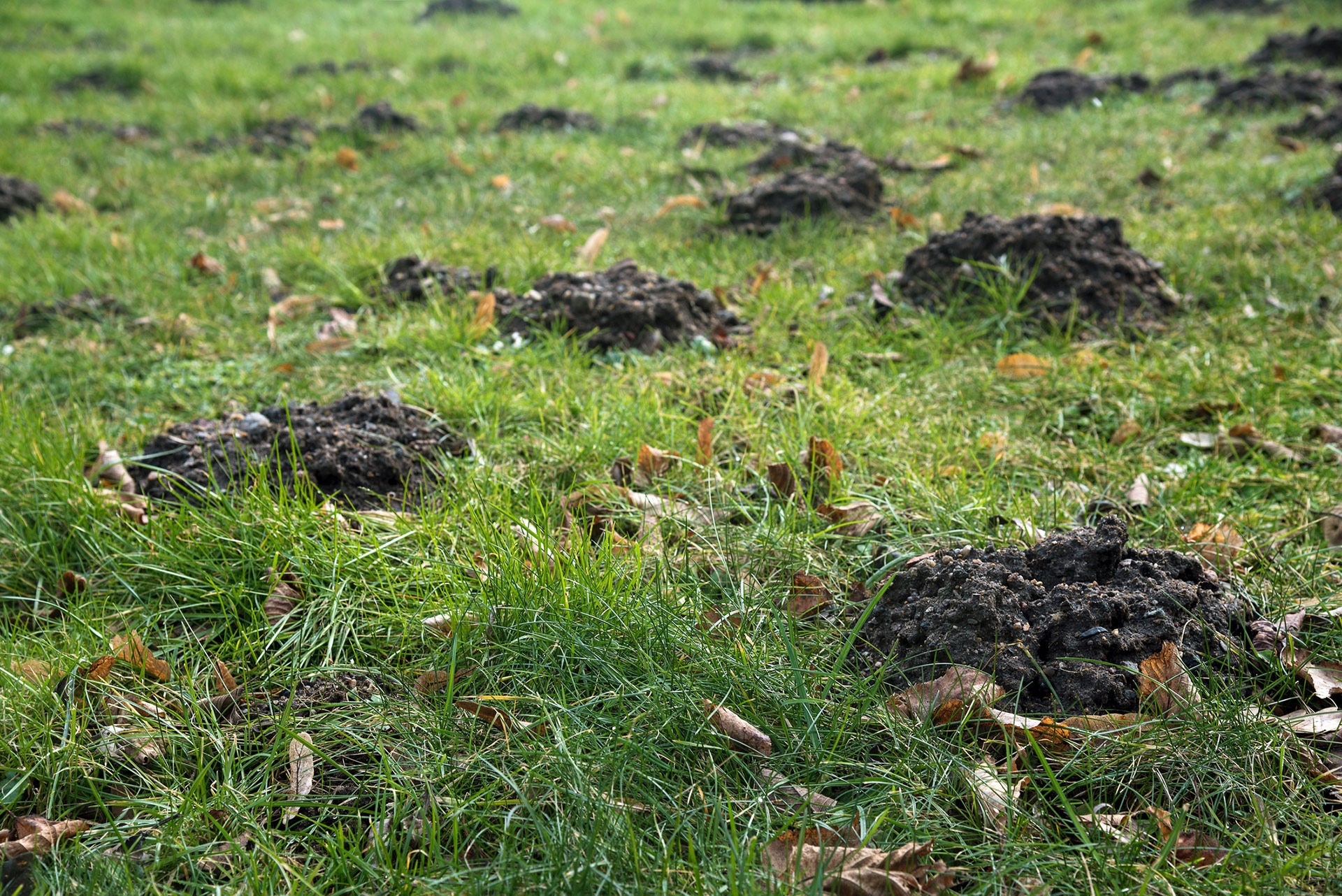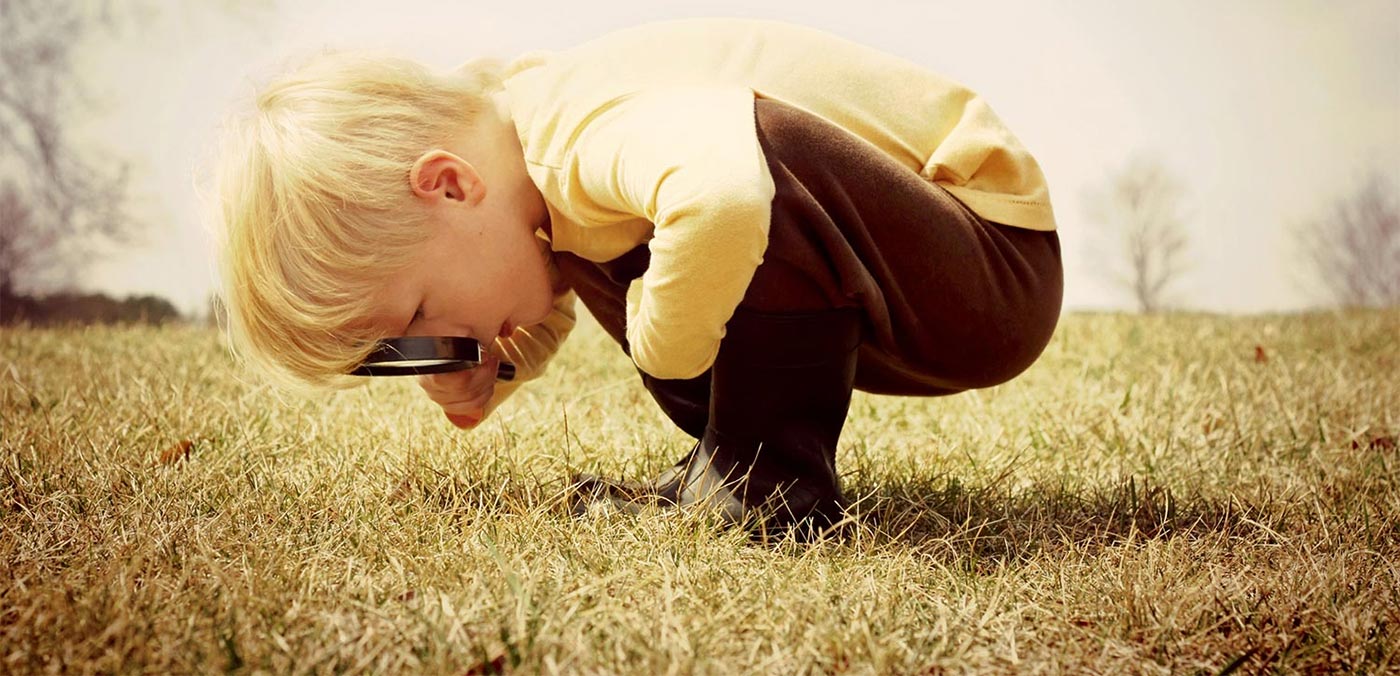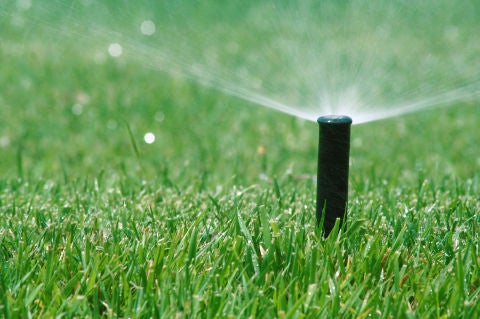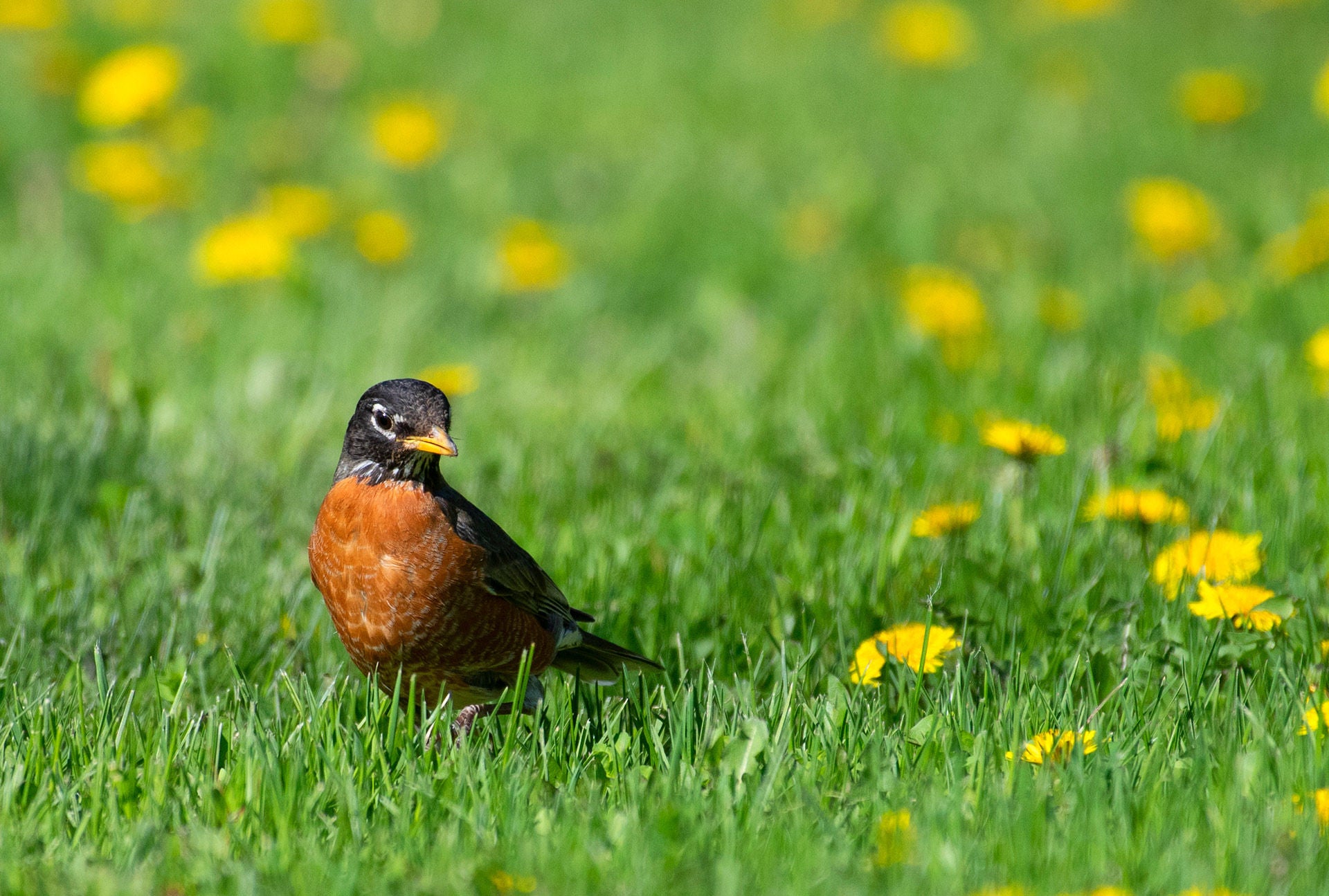Plants require nutrients to grow and be healthy. Fertilizers are wonderful allies when used correctly and in a manner that suits the nature of the plant in question.
While synthetic fertilizers can give you a good show, they usually aren’t worth the money in the long run. Many release their nutrients too quickly for the plant and much gets washed away in the rain, polluting our waterways. Quick-release chemical fertilizers, with their high nitrogen content, stimulate excessive top growth without sufficient root development. The grass becomes weak and susceptible to a variety of weed, disease, and insect problems. It also needs to be mowed more frequently. Thatch can be another result of chemical lawn care that boosts growth and slows down the decomposition of dead roots. Thatch can hinder water and air from reaching roots and can encourage damaging insects and disease.
Organic fertilizers are typically both safer and more beneficial than chemical ones. They nourish the soil with macro and micro nutrients without harming important soil organisms and release nutrients slowly and steadily. Organic fertilizers, like compost, also add organic material to the soil, which is important for air circulation, good water retention, drainage, and healthy populations of important soil organisms. Examples of organic fertilizers include compost, old manure, fish emulsion, and grass and leaf clippings left on the surface for organisms to break up.
If you use manure from farm animals, let it sit for a few months before adding it to your lawn, as fresh manure can burn roots. Compost has multiple benefits as it can be made at home without cost and reduces the amount of waste going to landfills. If you buy organic fertilizer, look for a 3-1-2 ratio of nitrogen-phosphorous-potassium.
As to when and how much, many lawn experts feel the best time to fertilize your lawn is in the fall. Apply about a 0.6 cm (¼ inch) or more with a shovel and rake.
It is also helpful to provide a small amount of nitrogen during the year; leaving grass clippings is the perfect way to do this. Also known as grasscycling, it is simple to do and it doesn’t require any special equipment. After mowing the lawn, leave grass clippings where they lie to decompose. Grass clippings are broken down quickly by soil organisms, providing free nutrients to your lawn. You’ll save time you would have spent gathering clippings and reduce waste simultaneously. Instead of being hauled away in a garbage bag, your yard will benefit from this easy fertilizer.
The clippings are hardly noticeable and will disappear after a couple of days. Thatch from clippings is usually a problem only if your soil is very low in microbial activity or you’ve just cut extremely long grass. If you do get large clumps, mow again to break them up. If you need to encourage more soil organisms, avoid pesticides — both chemical and organic — and chemical fertilizers. Instead, apply good rich compost to the earth to increase their numbers quickly.
Tips for successful grasscycling:
• Cut your grass every five days or so
• Keep your mower blade sharp and at a height around 7 cm
• Try not to cut more than 2.5 cm of the grass blade at a time
• Avoid mowing when the grass is wet
• Avoid mowing during a period of drought
If you don’t want to keep your clippings on your lawn, rake them up and put them on your compost pile or use as mulch in your garden beds.
- 0
- 1
- 2
- 3
- 4
- 5
- 6
- 7
- 8
- 9
